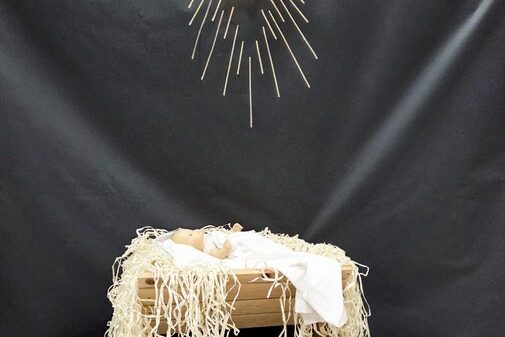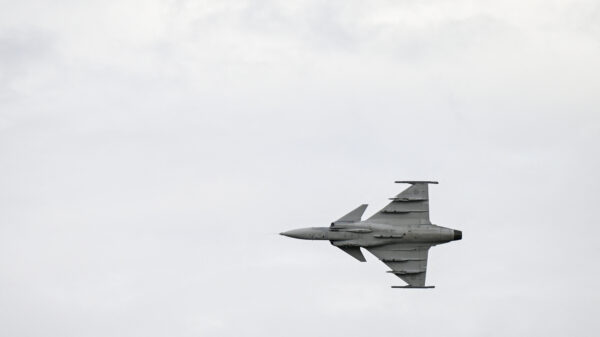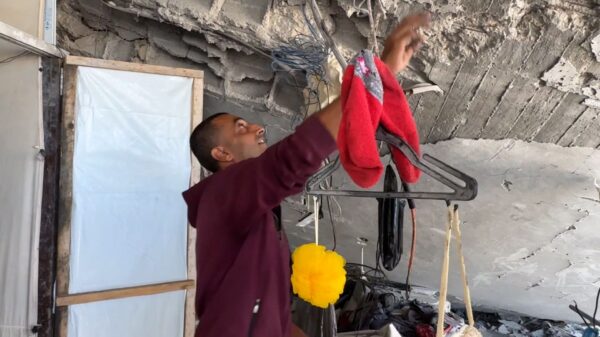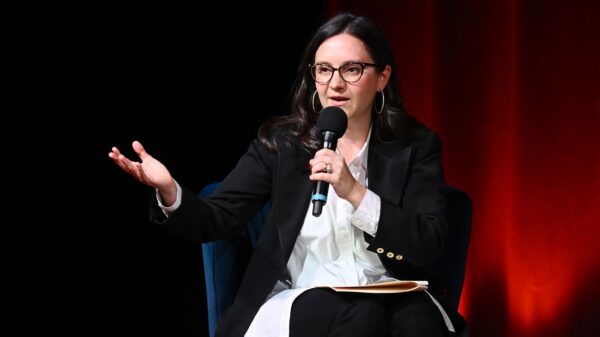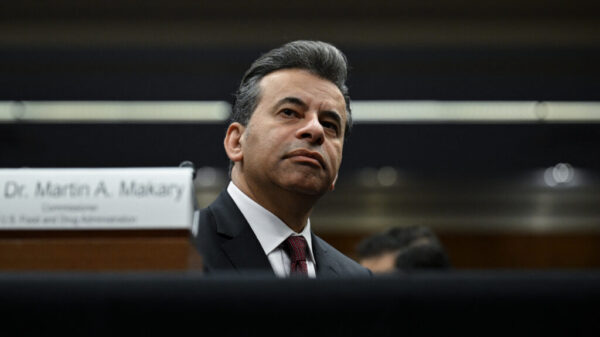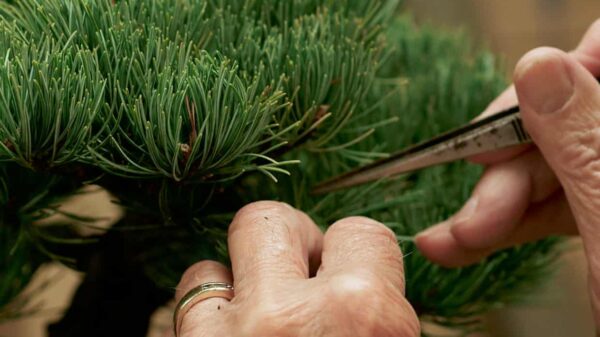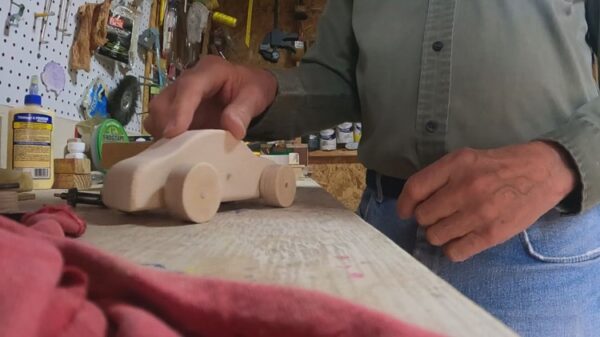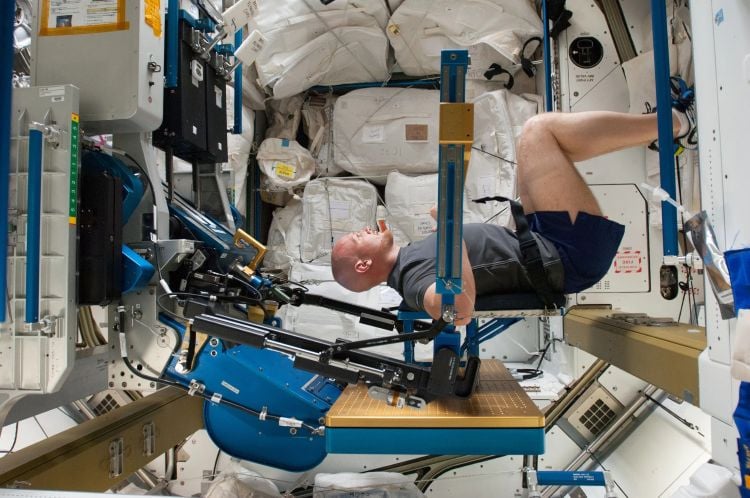A recent study published in Stem Cell Reports investigates the effects of microgravity on sarcopenia, a condition characterized by age-related muscle decline, particularly affecting older adults. Conducted by a team of researchers, the study examines how prolonged exposure to microgravity influences muscle cell function and offers insights into potential mitigation strategies for muscle deterioration in space.
To explore the effects of microgravity, researchers launched skeletal muscle microtissues from both young and older adult donors aboard the SpaceX CRS-25 mission to the International Space Station (ISS) between July and August 2022. The primary goal was to understand how muscles atrophy in microgravity and to evaluate the effectiveness of electrical stimulation in reversing this process.
Astronauts experience significant muscle loss during space missions, losing approximately 30 percent of their skeletal muscle mass after just one month in microgravity. This study highlights the biological changes that occur in muscle tissue under these conditions. Researchers found that microgravity altered 86 muscle-specific genes associated with aging, with younger muscle fibers responding more favorably to electrical stimulation than their older counterparts.
Dr. Siobhan Malany, an associate professor at the University of Florida and co-author of the study, emphasized the implications of their findings. “Using electrical pulses to trigger real-time muscle contractions in space, we can simulate exercise and observe how it helps protect against rapid muscle weakening in microgravity,” she noted. This advancement could not only enhance astronaut health during long-duration missions but may also provide solutions for combating age-related muscle loss on Earth.
The history of muscle loss in microgravity is well-documented, with studies dating back to the early days of human spaceflight. Research indicates that astronauts can lose around 20 percent of their muscle mass during missions lasting between 5 and 11 days, and up to 30 percent during longer missions. The absence of the gravitational forces that engage the lower back and leg muscles contributes to this decline. To counteract muscle loss, astronauts aboard the ISS follow a rigorous exercise regimen, dedicating two hours each day to activities such as treadmill running, cycling, and specialized weightlifting equipment.
Recent studies have further explored the relationship between spaceflight and aging. A 2023 study published in Ageing Research Reviews investigated the acceleration of aging processes in space, while a 2024 study in Scientific Reports discussed alterations in biological markers due to microgravity. Notably, the one-year mission of NASA astronaut Scott Kelly and Russian cosmonaut Mikhail Kornienko from March 2015 to March 2016 provided critical insights into the physiological impacts of extended space missions, as both astronauts experienced significant bone and muscle mass loss.
The findings from this recent study, combined with past research, underscore the urgent need to address muscle loss during space missions, especially as countries like the United States and China prepare to send astronauts to the Moon and eventually Mars. While lunar and Martian environments present only partial gravity—one-sixth and one-third of Earth’s gravity, respectively—protocols such as electrical stimulation could help ensure the long-term health of astronauts.
As research continues, the connections between spaceflight and sarcopenia will likely deepen, providing valuable insights into muscle health both in space and on Earth. The ongoing exploration of these relationships emphasizes the importance of advancing scientific understanding and developing strategies to combat muscle decline as humanity ventures further into space.





